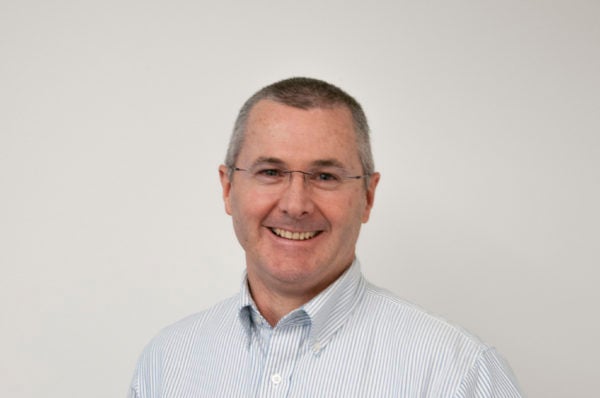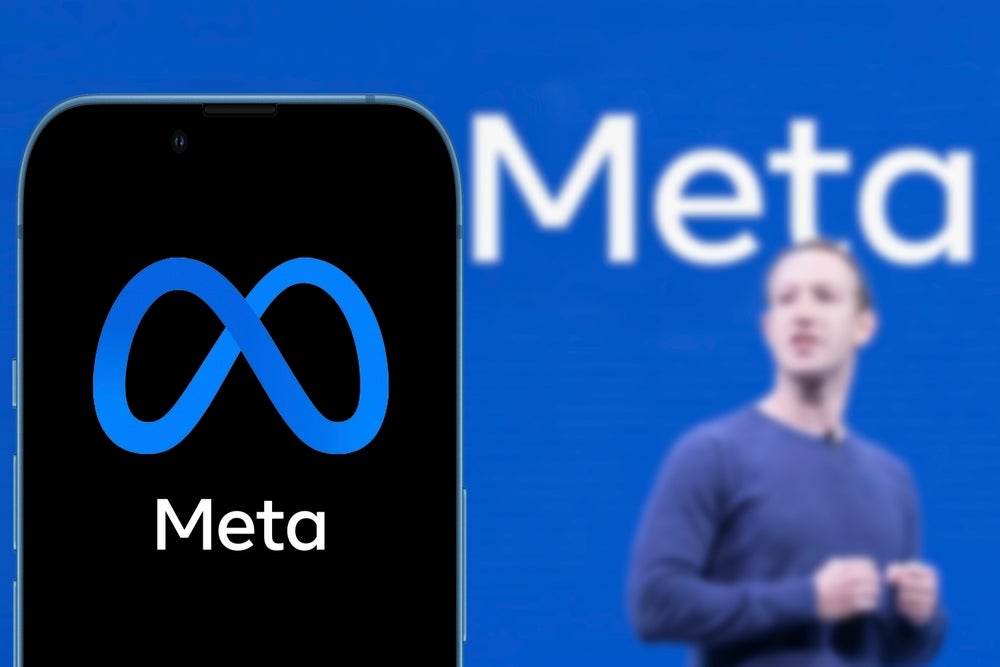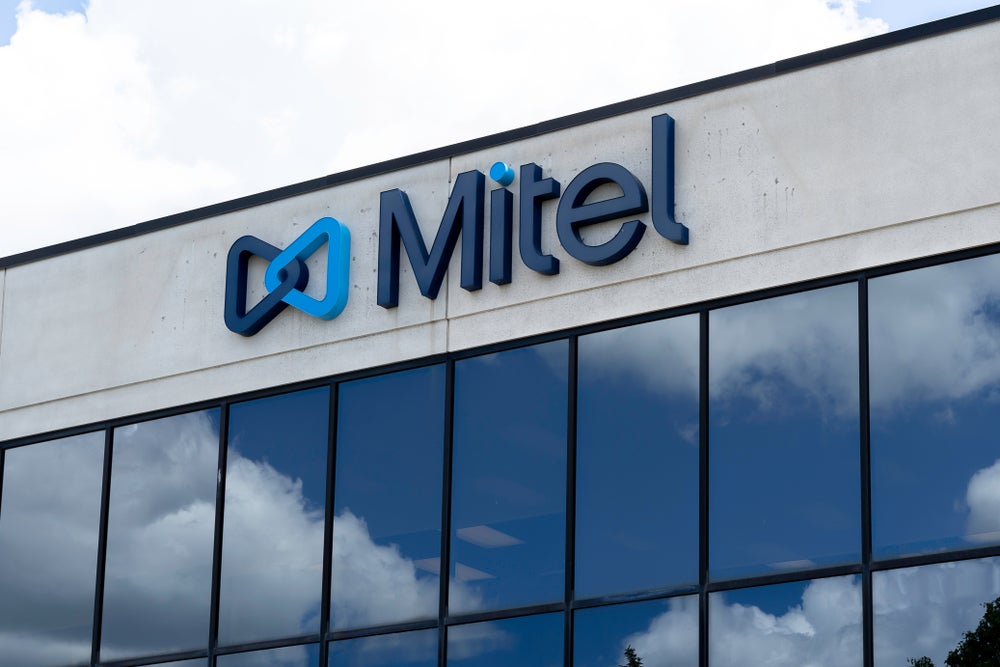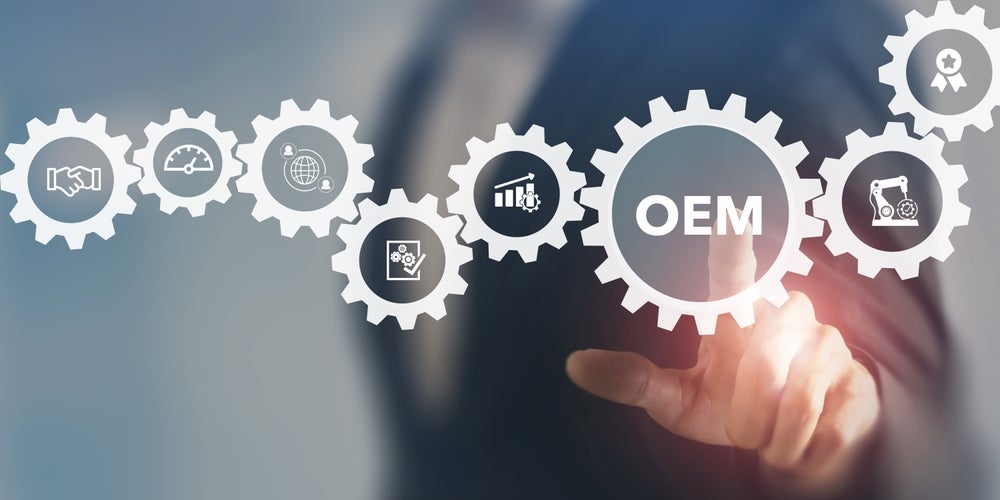
Craig Stewart is the CTO of SnapLogic, a software company that provides Integration Platform as a Service tools for connecting cloud data sources, SaaS applications and on-premises business software applications.
Founded in 2006, the US firm has received sizeable investments from the likes of Microsoft and venture capital group Andreessen Horowitz. Its technology helps connect cloud services such as Amazon Redshift, Salesforce.com, Workday and ServiceNow.

Access deeper industry intelligence
Experience unmatched clarity with a single platform that combines unique data, AI, and human expertise.
In this Q&A, the ninth in our weekly series, Stewart explains how AI’s impact has no limits, why you should invest in people, not companies, and why Apple’s Guy Kawasaki has had a lasting influence on his career.
Rob Scammell: Tell us a bit about yourself – how did you end up in your current role?
Craig Stewart: I’m the CTO at SnapLogic, a growing and successful Silicon Valley startup – the exact role that I coveted at the start of my career nearly three decades ago.
I’ve been at SnapLogic for 9 years, in various product and management roles since we first brought our cloud integration platform to market in 2013.
Before that I led product and technical teams at a number of fast-growing companies in the application and data spaces, including Oracle, Sybase, Powersoft, and Cognos.

US Tariffs are shifting - will you react or anticipate?
Don’t let policy changes catch you off guard. Stay proactive with real-time data and expert analysis.
By GlobalDataI love working for dynamic, fast-paced, innovative companies that aren’t satisfied with the status quo and are hungry to transform how work gets done. So I’m thrilled to be working at SnapLogic and helping to solve big, important challenges for our customers.
What’s the most important thing happening in your field at the moment?
In the integration industry, three things are happening at the same time that are enabling something completely new. Those three things are cloud computing, the evolution of big data and cloud file systems, and the practical availability of AI and machine learning technologies.
Because these three things are all making an impact at the same time, businesses can compose the enterprise IT landscape that best suits their needs. They can pick the best SaaS apps for any job, process massive amounts of data at scale, automate and accelerate projects using machine learning – and stitch everything together with intelligent automation so everything works seamlessly together.

Which emerging technology do you think holds the most promise once it matures?
The current generation of AI and machine learning. It’s enabling so many new, transformative advances that simply weren’t possible before, from self-driving cars to intelligent weather prediction systems.
As we are able to apply this technology to more and more aspects of business and our daily lives, we’ll only see AI’s influence continue to grow. It really has the potential to not only be applied to the smaller day-to-day problems in our personal and professional lives, but will also hopefully make a real impact on major issues like global warming and disease prevention, as examples.
There is no limit to the impact AI will have on everything we do.
How do you separate hype from disruption?
If I knew that, I would be a very successful investor!
It comes down to the people. SnapLogic happens to be an Andreessen Horowitz-funded company. When you talk to the Andreessen Horowitz team, they will tell you they invest not in companies, but in people. They invest in the founders and the belief that these people have the capacity to apply breakthrough ideas and technologies and make them successful.
So it all starts with people – understanding their strengths and passions, unlocking their true potential – that’s most important.
What’s the best bit of advice you’ve been given?
Over the years I’ve been presenting to audiences small and large around the world. The best advice I’ve ever been given was early in my career when one of my mentors turned to me and said: ‘The audience doesn’t know what you are going to say, so if you forget to say something or you say something slightly different or less eloquently than planned, they won’t know the difference. So don’t get stressed, don’t be flustered, carry on and they won’t be any the wiser.’ That advice has put me at ease when delivering important keynotes, presentations, or others talks in front of audiences.
Where did your interest in tech come from?
Growing up in the UK, our father worked for a semiconductor firm in the early days of the industry. I used to go to the office and do work for them during my holidays and when there was no work to be done I would get to attend the training courses that they ran.
I was therefore one of the first people in the UK to learn to code 6800 and 68000 microprocessors in machine code. From then on, I had a deeper understanding of how technology works – I remember seeing a cooker and knowing ‘that’s microprocessor controlled’, extrapolate that out to today, I look at a self-driving car and I can comprehend how it might work.
What does a typical day look like for you?
That very much depends if I’m in the office, on the road, or at home.
In the office, it’s a matter of managing the team that makes me look good and interacting with prospects, customers, partners, analysts, and others in the industry.
When you’re on the road it’s manic, from the start of the day to the end of the day. Customer meetings, product demos, boardroom presentations, event keynotes – the list goes on.
At home, I can catch up on those work projects that are tough to get done in the office or on the road. In addition, and importantly, I get to spend at least an hour a day with those that matter most to me – my wife and cat.
What do you do to relax?
I am a road cyclist, long distance. I find that cycling requires the mind to be completely focused. That’s my zen time. It forces me out of my work mode and focusses me on something completely different. The other benefit is that it helps to keep me fit for the startup life!
Who is your tech hero?
Many names come to mind. Clive Sinclair, despite having a bit of a spotty reputation, is a true innovator – he stepped out of the norm and truly created something new.
However, I think probably Guy Kawasaki has had the greatest influence on my career. Over the years I’ve interacted with Apple’s first ‘evangelist’ on several occasions. When I first heard that was his title, I thought that was just so cool.
What he did and what that title means is actually about effective communication. It’s one thing to develop something innovative but for it to truly have impact and reach you must be able to communicate its capability and value. Even today he actively promotes whatever technology he is working on or involved with. In our industry, there is so much bad practice, what he espouses is the correct way of doing things. But most of all, he does it because he loves it.
What’s the biggest technological challenge facing humanity?
Over the years I’ve travelled extensively to all parts of the world, for both work and privately, and from what I’ve seen one of the biggest challenges we face globally is clean drinking water. Increasing desertification means we have to find a way to harvest water cost-effectively from the air.
There is some incredible work being done at academic institutions and commercial companies however for true benefits to be felt worldwide, the technology that is being produced has to be open source, to open it up to contributions from as many experts as possible, so that we can make clean drinking water available to everyone. It is such an urgent and important issue for humanity that it must not be exploited for financial gain.
Read more: CTO Talk: Q&A with SecurityScorecard’s Glen Pendley







